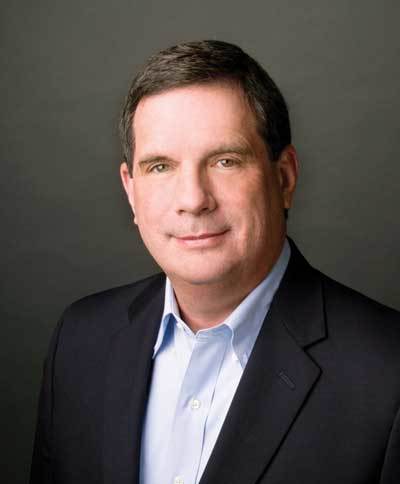Healthy churches in 2029: 10 major changes in 10 years

In the blink of an eye, ten years will pass. The pace of change is staggering, and there is no reason to believe the pace will slow down. In the comments on my recent blog post on growth rates among churches the previous ten years, a prescient reader asked me to look forward. “What do you think a healthy church will look like in 2029,” he asked.
I am grateful for his question. And though I can’t know with precision the shape of our churches in ten years, I do see some outliers and trends pointing us toward some key directions. Let me take those signposts and fast forward ten years.
Keep in mind, these changes are representative of the healthy churches in 2029. I may deal with the unhealthy churches in another post.
- There will be a high intentionality of evangelism and gospel presence. We passed through the phase of programmatic evangelism without much impact. We are presently in the stage of non-intentionality, and our low-conversion churches reflect that reality. Healthy churches will be highly intentional about evangelism without it being program-driven.
- These churches will be favored in the community. Someone recently asked me if most churches had a negative reputation in their communities. I told her no, that most churches have no reputation in their communities. The healthy church in 2029 will seek see the community as a place to serve and minister, rather than a pool of prospects to increase attendance. Look also for neighborhood churches to increase their impact in communities.
- The majority of healthy churches will be multi-site, multi-venue, or multi-day. They will learn the lessons of the 19th century churches that moved worship services to 11 am to accommodate the farmers in an agricultural culture. As long as we don’t compromise biblical truths, we need to reach people where they are. More of them are working or unavailable on Sunday mornings. Will we move out of the 19th century to get to 2029?
- The digital church will be clearly defined. Today, we debate about the digital church. Is the online church really a church? By 2029, healthy churches will have settled that issue. I anticipate the digital church will be viewed as a vital and complementary component to the in-person church.
- Healthy churches will not have members holding the congregation back for sacred cows and traditions. The members of the healthy churches will embrace change rather than fight it. They will be more concerned about the gospel in the community rather than the style of music in the sanctuary. Change-resistant members will move to unhealthy and dying churches where they will exacerbate the sickness and speed the process of dying.
- Most worship gatherings of healthy churches will be 200 and under. Even the large churches will have smaller worship gatherings; they will just have more of them. As noted in number three above, one of the biggest changes will be worship services on times and days other than Sunday morning.
- Churches will feel more connected within networks rather than denominations. Churches will not have to choose between the two, but they will likely spend more of their energies in networks. Denominations will continue to be the doctrinal identity of many churches, but networks will become the functional identity. Denominations and their respective entities will be wise to create networks or connect with existing networks.
- Healthy churches in 2029 will become more innovative in how they utilize their facilities. Most congregations don’t come close to utilizing their facilities effectively today. The lack of usage throughout the week is terrible stewardship. Many healthy churches will figure out ways to partner with community businesses and organizations with their facilities.
- Healthy churches will be part of a groups revolution. Though the name will be different and the functions not identical, we will likely see a growth in the staff position that historically was called minister of education. This staff person, whether full-time, part-time, or volunteer, will become the key leader to seek to move as many members to groups as possible.
- Corporate prayer will be central to the healthy church in 2029. Church leaders and members will figure out how to move prayer from the fringes of poorly-attended gatherings reading a list of who is sick, to powerful and Spirit-empowered corporate prayer. As culture turns more negative against Christianity and churches, we must have God’s power to respond.
With the obvious exception of biblical truth, churches must change or die. Where is your church today? Where do you think it will be in ten years?
Originally posted at ThomRainer.com.
Thom S. Rainer is the founder and CEO of Church Answers, an online community and resource for church leaders. Prior to founding Church Answers, Rainer served as president and CEO of LifeWay Christian Resources.




























